Artificial intelligence (Al) is increasingly driving significant technological and business breakthroughs. It is used in a variety of industries and has an impact on practically every area of creation. Al’s rise is fueled by the availability of enormous training data and advances in affordable high processing power. In several ways, Al overlaps with intellectual property (IP).
As text-to-image tools such as DALL-E 2, Stable Diffusion, Midjourney, DreamBooth AI, Wombo Dream, Make-A-Video, and Novel AI gain popularity, it becomes more important to clarify these issues around the legal framework of artificial intelligence and intellectual property.
What is artificial intelligence in intellectual property?
With the continuing advancements in artificial intelligence (AI), particularly in the field of machine learning (ML), and the increasingly prevalent usage of these approaches in consumer products, it is not surprising that the pace of patent filing in this sector is increasing so rapidly.
Companies in the AI/ML industry, in particular, are becoming increasingly interested in the constraints and requirements for patenting their technology. This is evident throughout the sector, from huge technology conglomerates to start-ups making their initial investments to protect their artificial intelligence breakthroughs.

Both the European Patent Office (EPO) and the United States Patent and Trademark Office (USPTO) have recently produced guidelines attempting to clarify what can and cannot be considered patentable inventions in cases involving artificial intelligence.
The role of artificial intelligence in intellectual property
Intellectual property (IP) regimes were created to encourage human creativity and production. Until recently, such creativity and innovation were one of the defining traits of the human species.
AI wins art competition: Is imputing text prompts enough to become an artist?
As artificial intelligence emerges as a general-purpose technology with vast applications in business and society, it raises fundamental challenges at the foundation of existing IP systems. Is it necessary to provide incentives for artificial intelligence innovation and creation? How should the value of human invention and creativity be balanced against the value of artificial intelligence innovation and creation? Does the introduction of artificial intelligence necessitate any adjustments to the existing intellectual property frameworks? And do existing IP systems need to be updated to give balanced protection for machine-created works and inventions, Al, and the data on which Al operates?
What is meant by intellectual property?
Intellectual property (IP) refers to mental creations such as inventions, literary and creative works, designs, and commercial symbols, names, and pictures.
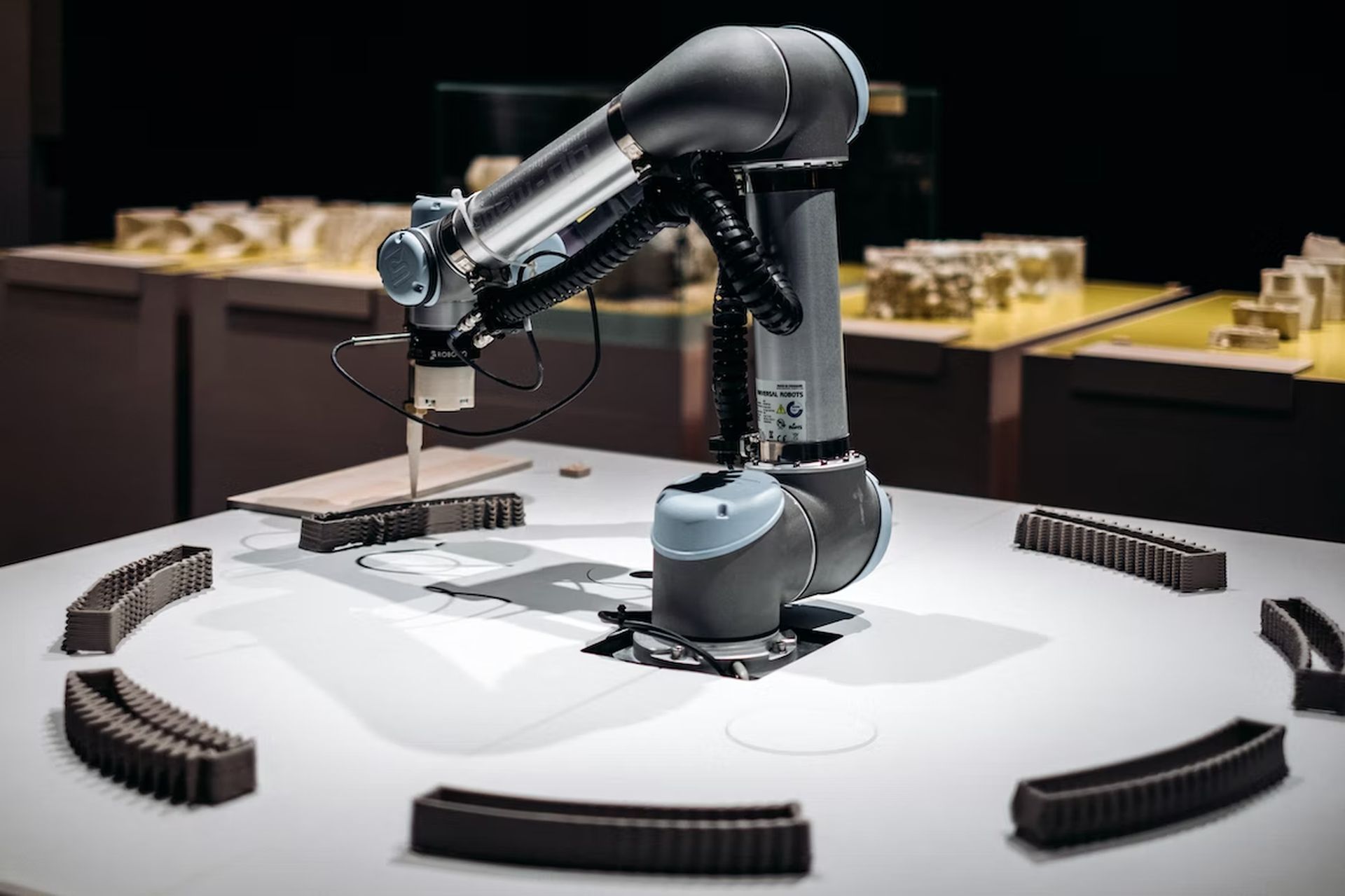
Patents, copyright, and trademarks, for example, are legal mechanisms that allow people to get recognition or financial advantage from what they innovate or create. The intellectual property system attempts to establish an environment in which creativity and innovation can flourish by striking the correct balance between the interests of innovators and the larger public interest.
What is the purpose of intellectual property?
The primary goal of intellectual property law is to promote the creation of a diverse range of intellectual commodities. To do this, the law grants individuals and businesses property rights to the information and creative goods they create, typically for a limited time.
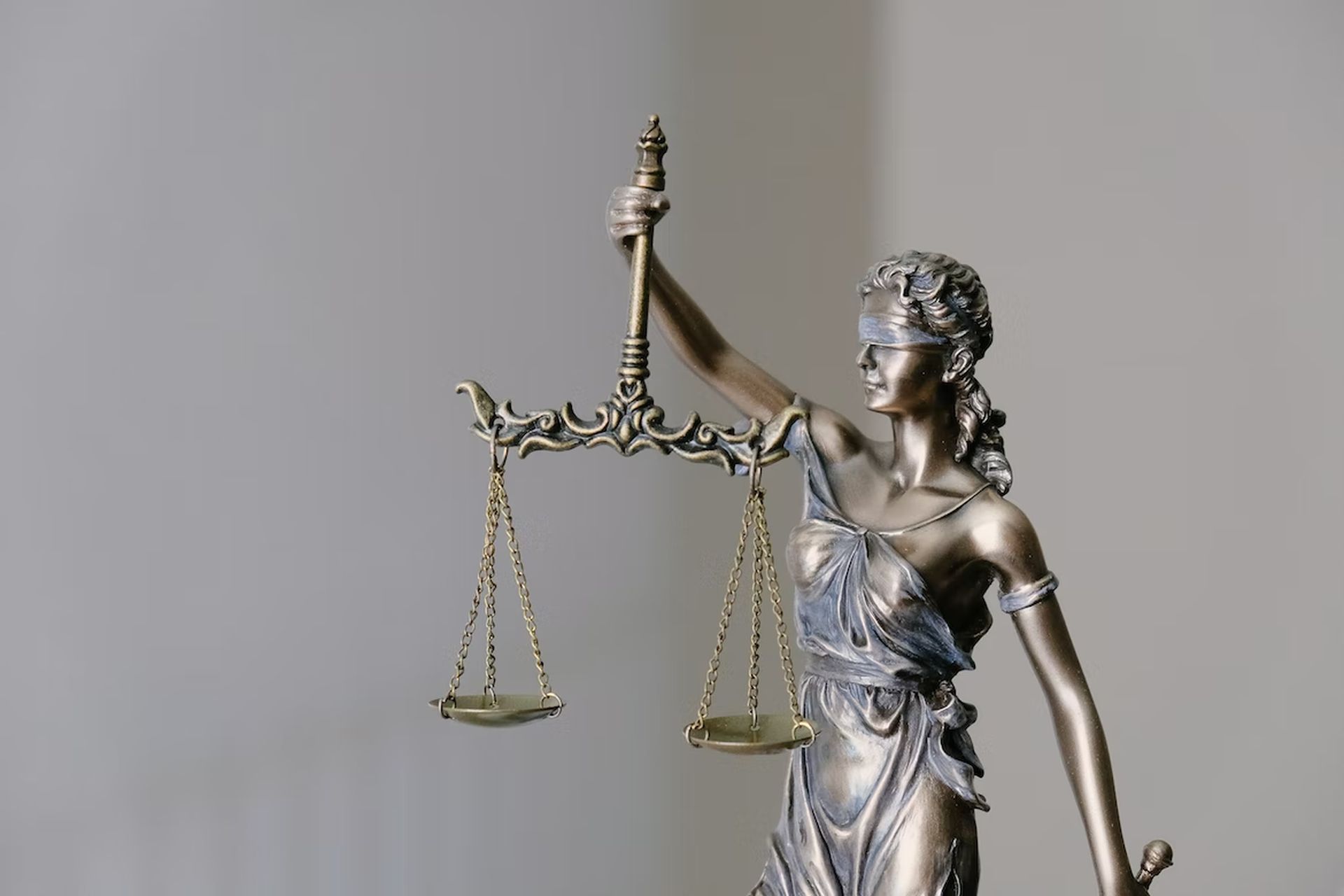
What are the types of intellectual property in Europe?
Below, we detailed every type of intellectual property covered by the laws of European countries.
Patent rights
A patent protects a technological method or product invention. Others are not permitted to make, use, sell, rent, or supply your invention without your consent.
To be eligible for a patent, the invention must be innovative, include an inventive step, and have an industrial application.
Trademark rights
A trademark is a link between invention and commerce; it will help to distinguish your goods from that of other market participants. Trademark law protects these forms if they are registered in the trademarks register. Examine the Benelux trademarks registration and/or the European trademarks register for further information.

Trade name rights
A trade name’s goal is to differentiate one business from another and to avoid confusion in the market in which they operate. Trade names, unlike trademarks, are not required by law to have a distinguishing character. Suppose they are listed in the trademarks register. Examine the Benelux trademark registration and/or the European trademarks register for yourself.
Design rights
Design registrations can safeguard the physical appearance (such as patterns and 3D shapes) of innovative and distinctive designs and manufacturing. To register a design, it must be a novelty with a distinct personality that is still unknown. Registration is available within the EU for up to twelve months after the first publication of a new design. Examine the Benelux trademarks registration and/or the European trademarks register for further information.
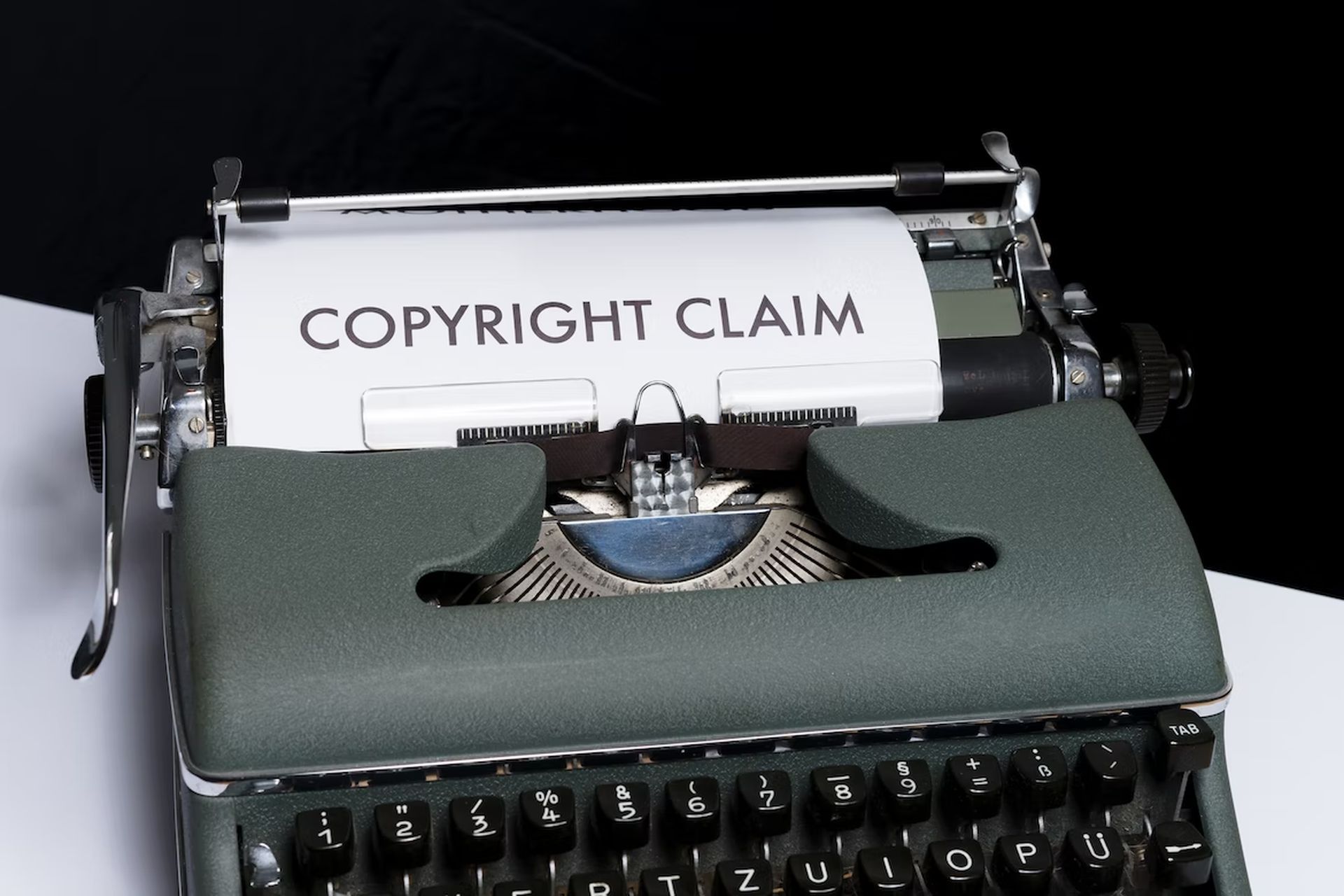
Copyright
In many nations, copyright is immediately granted once a work is created. This right survives the death of the creator for seventy years. Authors (and creators of science or art) gain the exclusive right to decide what happens to their work through copyright. The right to use can be transferred with or without payment, for example, to licensees.
Why we need AI to power the green energy transition
Neighboring rights
Neighboring rights, like copyright, are created immediately when a work is created. The protection is analogous to copyright, which is why they are referred to as neighboring rights. These rights safeguard the efforts and accomplishments of performing artists, music producers, film producers, and broadcasting companies.

Trade secrets
All facts, circumstances, and processes relating to a business that is known as confidential business information within a business only to a specific group of people that are classified by the business as confidential and may not be disclosed to the outside world, such as customer lists, sources of supply, calculation documents, terms, conditions, recipes, development and research projects, and creditworthiness documents, are considered trade secrets. Employees, suppliers, and consumers may be contractually required to keep trade secrets confidential.
However, registered intellectual property may be an option for developments and procedures that were previously considered company secrets.
Utility model
The ‘utility model’ is the patent’s ‘little sister’ and alternative. It protects industrially applicable technological inventions and allows you to prevent the use of your intellectual property right. Utility model applications, unlike patent applications, do not often entail technical or substantive research. As a result, the application’s processing time is significantly reduced; the utility model might become a reality within 6 to 8 weeks. The Netherlands and Belgium do not have this type of protection; however, Italy, Spain, Portugal, Poland, Denmark, and Germany have. You can learn more about this form in this article.
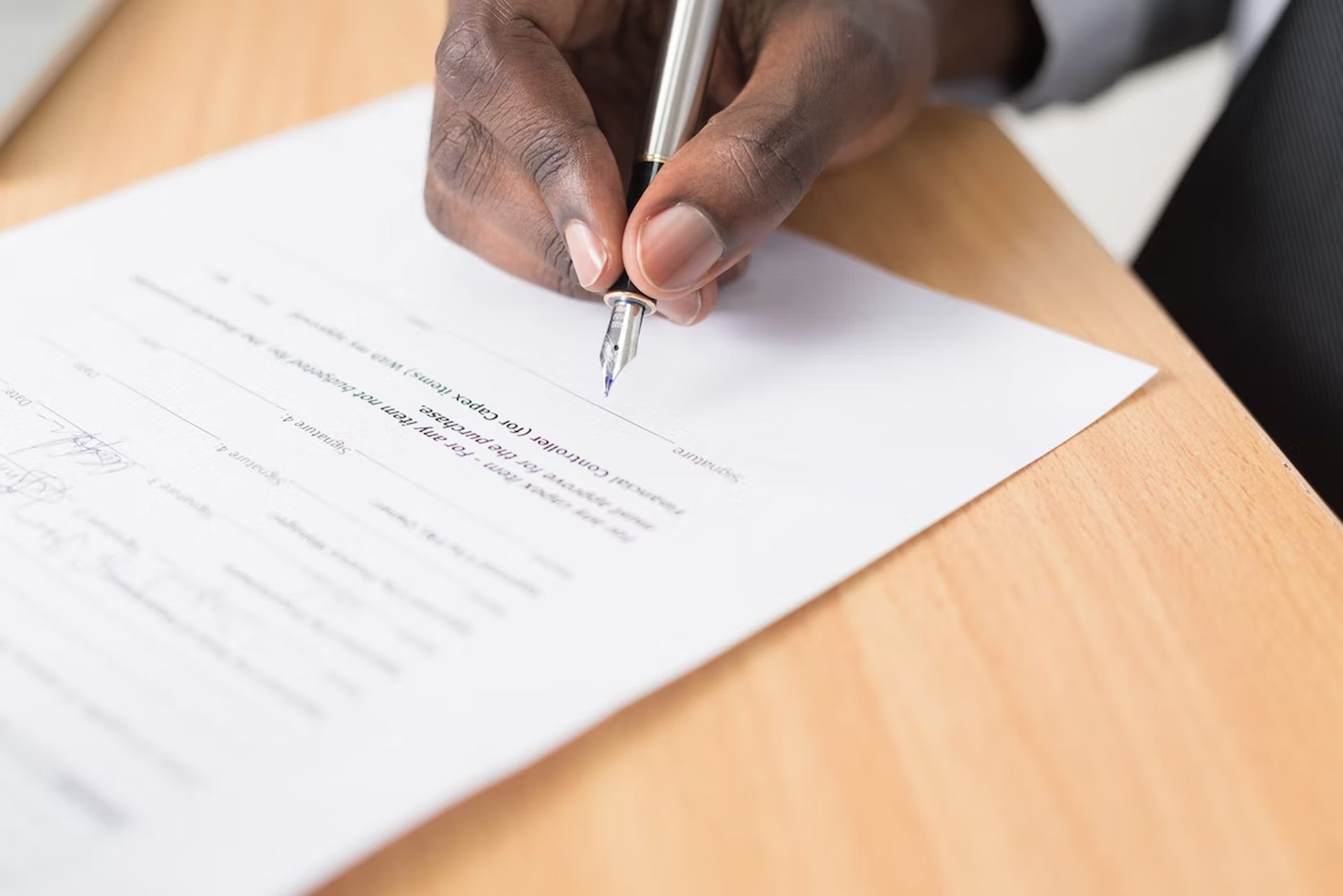
Plant breeder’s rights
New kinds are frequently generated after a lengthy and costly plant breeding procedure, and this investment can be safeguarded. Community plant breeders’ rights, for example, can be enforced both domestically and globally. In the Netherlands, plant breeders’ rights are granted by the Board for Plant Varieties [Raad voor Plantenrassen]. The Netherlands Inspection Service for Horticulture [Stichting Nederlandse Algemene Kwaliteitsdienst Tuinbouw] conducts an admission test, plant breeder’s rights test, and inspection examination first. The Board then allocates rights to plant breeders.
Database rights
Databases that are collections of ordered data may be subject to database law. Database manufacturers are so covered by the Dutch Databases (Legal Protection) Act. It allows Dutch Statistics Netherlands [Centraal Bureau voor de Statistiek – CBS], for example, to safeguard their statistical data, into which they have put a significant amount of effort and knowledge.

Chip rights
The topography of (memory) chips, semiconductor products, or microprocessors is protected under chip rights. Chip rights, like copyright, are formed when a chip is manufactured (similar to the author’s rights). Registration in the register, however, is required to enforce these rights.
Artificial intelligence and intellectual property rights
The benefits of protecting intellectual property rights are protected by European Union law. However, the framework for artificial intelligence is still a subject of study.
WIPO conversation on IP and AI
The WIPO Conversation’s first three sessions focused on the impact of artificial intelligence (Al) on IP policy.
In September 2019, WIPO conducted the First Session of the WIPO Conversation on IP and AI to debate the influence of Al on IP policy and to collectively formulate the questions that policymakers must ask.
WIPO produced a draft Issues Paper on IP policy and AI in December 2019 and began a public consultation process to help clarify the most serious concerns anticipated to confront IP policymakers as artificial intelligence grows in relevance. During the consultation period, over 250 submissions were received.

A revised Issues Paper on IP policy and artificial intelligence was issued in May 2020, taking into consideration the submissions received.
In July 2020, the WIPO Conversation on IP and AI had its Second Session, which addressed some of the issues raised in the Revised Paper. Over 2,000 people from 130 countries participated in the virtual gathering, including officials from the Member States and academic, scientific, and private organizations.
WIPO convened the Third Session of the Conversation on IP and AI in a virtual format on November 4, 2020, with over 1,500 registered participants from 133 countries.
Can AI be copyrighted?
Although this question has not been entirely resolved, a case that occurred in the United States can be regarded as a precedent.
Thaler v. Vidal came from two patent applications filed in 2019 by Stephen Thaler, naming as the “inventor” an artificial intelligence system he calls DABUS (for “Device for the Autonomous Bootstrapping of Unified Sentience”).
Thaler filed a complaint in a federal district court in Virginia after the US Patent and Trademark Office (PTO) warned him that the applications were incomplete since they did not include a human inventor. That court decided against Thaler in September 2021, noting “the overwhelming evidence that Congress intended to confine the concept of ‘inventor’ to natural beings.”

Thaler then filed an appeal with the Court of Appeals for the Federal Circuit, which upheld the district court’s decision on August 5, 2022. While it may appear that determining Thaler’s claims would necessitate “an abstract inquiry into the nature of the invention or the rights, if any, of AI systems,” the Federal Circuit stated that there was no need to “ponder these metaphysical matters.” The Federal Circuit, on the other hand, concentrated on the statutory interpretation of the phrase “inventor.”
An inventor is defined by the United States Patent and Trademark Act as “the individual or, if a joint invention, the individuals collectively who invented or discovered the subject matter of the invention.” While the Patent Act does not define “individual,” the Federal Circuit referenced a 2012 Supreme Court ruling that ruled that an “individual” is normally understood to mean a human being in regard to wording linked with a distinct statute. According to the Federal Circuit, “Congress has established that only a normal human can be an inventor; hence AI cannot be.”

The United States is one of several countries where Thaler has attempted to get patents with DABUS as the inventor. It’s been a difficult journey. A British appeals court, the European Patent Office, the Federal Court of Australia, and the German Federal Patent Court have all refused to grant patents in the absence of a human creator. (However, the German court did suggest a possible path ahead in which an application may designate Thaler as the inventor while also acknowledging that DABUS played a part in the innovation.)
Can AI create intellectual property?
The legal validity of artificial intelligence-created works of art is currently one of the most heated issues in the field of AI. Is it conceivable for an AI to possess the intellectual property rights to the things it creates? Who owns the intellectual property of the painting Portrait of Edmond de Belamy (2018), the world’s first piece of artificial intelligence-created art?
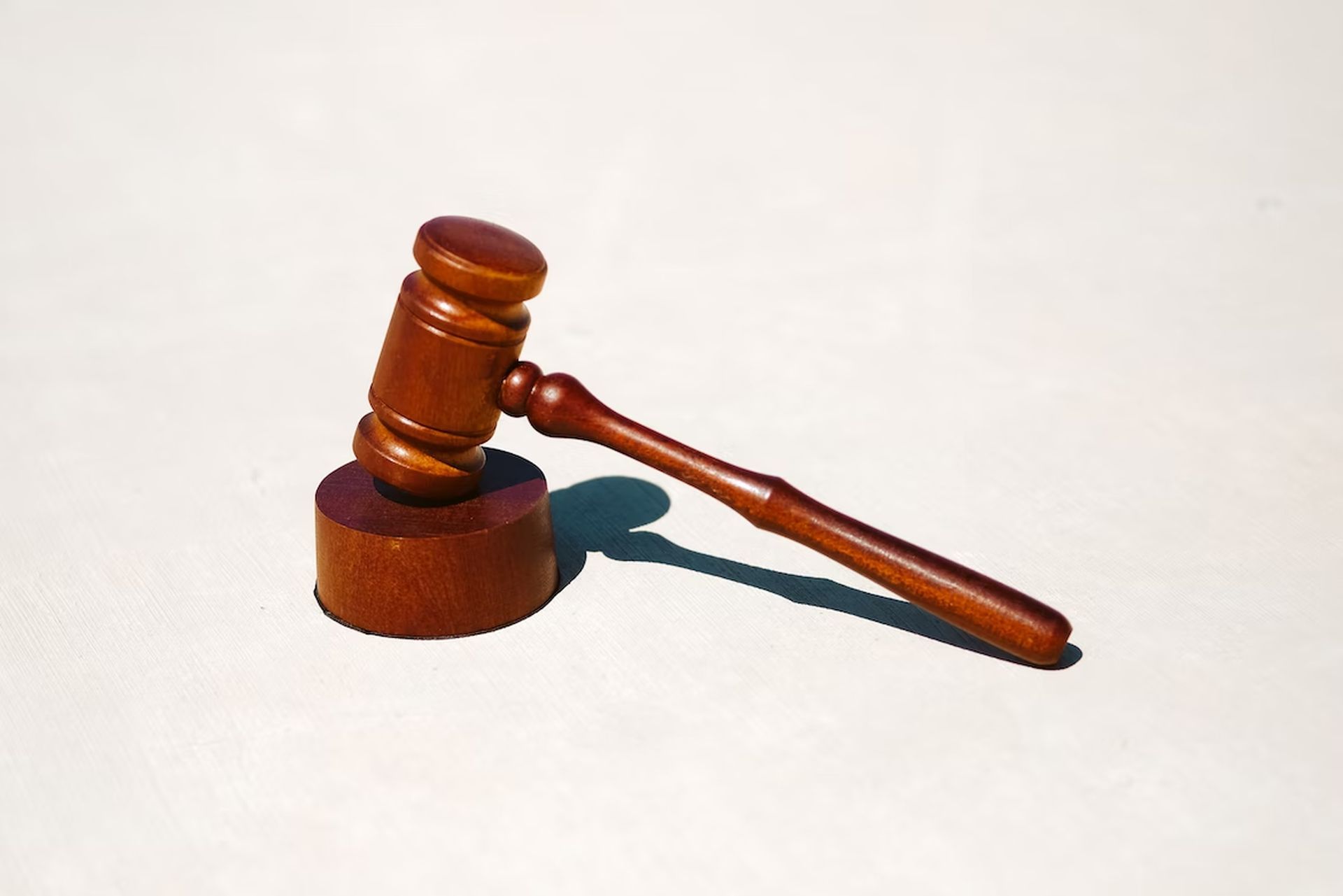
What is the legal status of the world’s first Non-Fungible Token (NFT)-based digital painting created in part by Sophia, a humanoid robot? Is the machine artist Ai-Da entitled to the rights to her drawings and sculptures, or do the rights belong to the person who created her? Questions like these, and many more, are among the contentious issues being debated today.
Who owns intellectual property created by artificial intelligence?
Discussions on the subject have heated up once more in the aftermath of the Federal Court of Australia’s recent decision identifying an AI system as an inventor for the purposes of the Patents Act 1990. The Federal Court of Australia reversed its previous position on AI-created inventions in its decision, ruling that DABUS, an AI system capable of proposing various ideas and inventions, can be considered the official inventor of its patentable inventions, while its developer, Dr. Stephen Thaler, remains the patent owner. As a result, for the first time in history, a court has determined that an AI-based computer program can be regarded as an inventor under patent law.
In contrast, the UK Court of Appeal recently dismissed Dr. Thaler’s patent application on behalf of DABUS, holding that artificial intelligence has no rights and cannot be included as an inventor on a patent application because an ‘inventor’ must be a ‘person’ under the Patents Act 1977. However, to the best of our knowledge, no decision has been made on artificial intelligence and intellectual property rights.
Who owns an AI-generated invention?
When artificial intelligence is used as a tool, albeit a highly powerful tool, to assist in the development of new innovations, when it is an intrinsic part of the innovative process, it is arguably no different than utilizing any other tool, such as a microscope. As a result, artificial intelligence will be used by the inventor. Ownership of the AI system alone does not make someone an inventor. Furthermore, a human who feeds training data to an AI system and clicks “go” is unlikely to be deemed the owner of the finished work.
It should be mentioned, however, that there are still hundreds of continuing arguments over the legal status of artificial intelligence-created intellectual property.
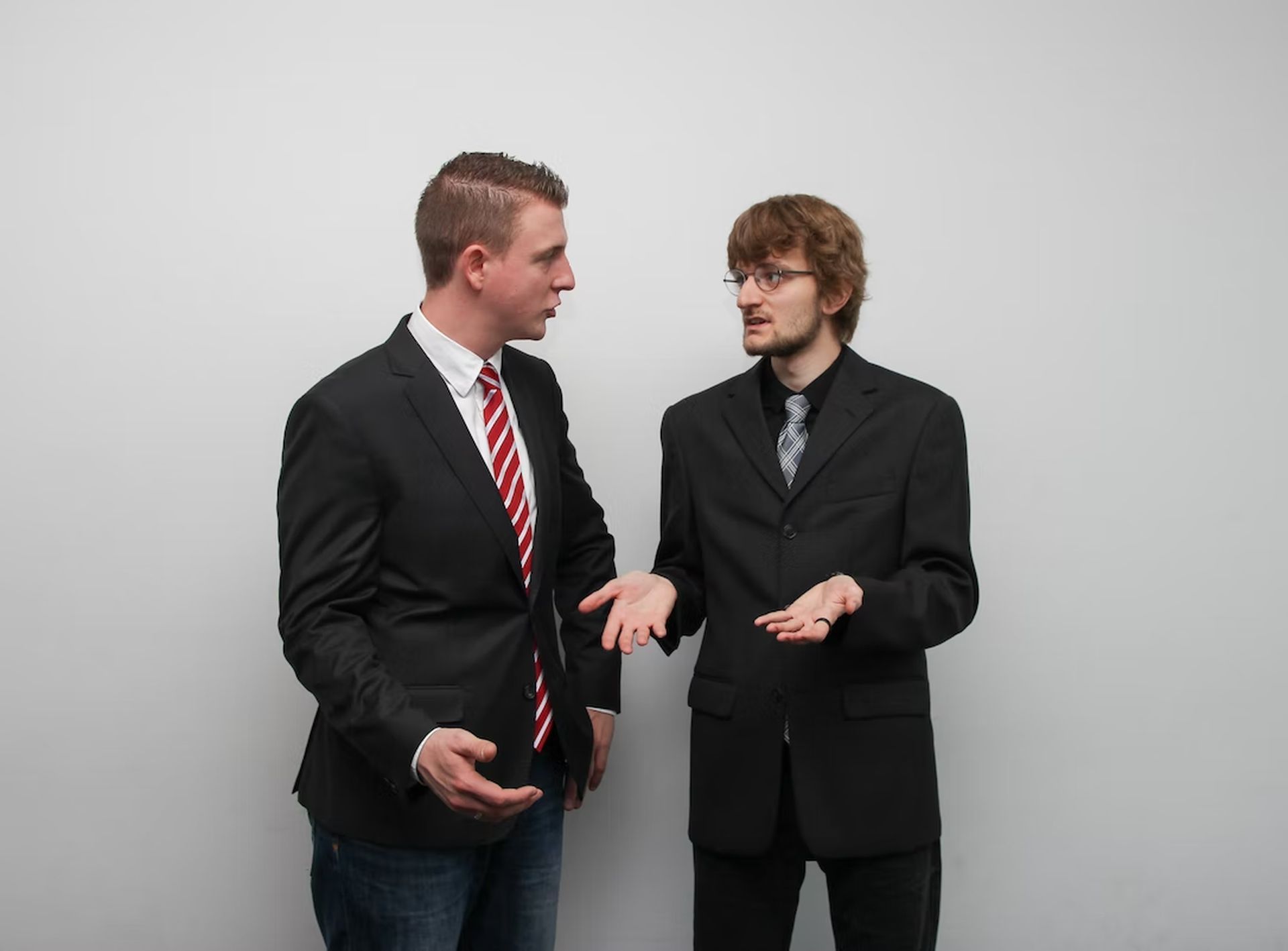
Artificial intelligence intellectual property issues
One of the most pressing issues in the development of artificial intelligence is whether existing forms of intellectual property (IP) protection are enough or even appropriate for protecting an AI and its byproducts.
This disagreement derives mostly from the traditional idea that intellectual property protection is primarily concerned with humans. This humanistic viewpoint was repeated in Dentons’ artificial intelligence survey: 58% said the user of the AI system should hold the intellectual property rights, while 20% thought the rights should go to the AI system’s inventor. Only 4% said the AI system should have the rights.
But does this viewpoint reflect legal reality? It is possible to combine and reorganize the previously known underlying principles of distinct intellectual property rights to discover the correct tools and strike the right balance.

Concerning artificial intelligence-generated creations, similar concerns and questions occur. In truth, the patent system is less focused on human creation than copyright and, in particular, classic European droit d’auteur doctrines. However, the characteristics of autonomous computational innovations stretch ideas such as the moral rights of the inventor, innovative steps, and the person’s proficiency in the art.
Conclusion
Given the importance of data analytics, businesses continue to engage in AI research and development to improve their data processing and mining skills. The intellectual property rights will be layered to protect distinct components of the innovation in an IP strategy for artificial intelligence systems. Companies can properly describe and protect their intellectual property (IP) through registrations and documentation. To manage risk, third parties should establish clear agreements on intellectual property rights.





